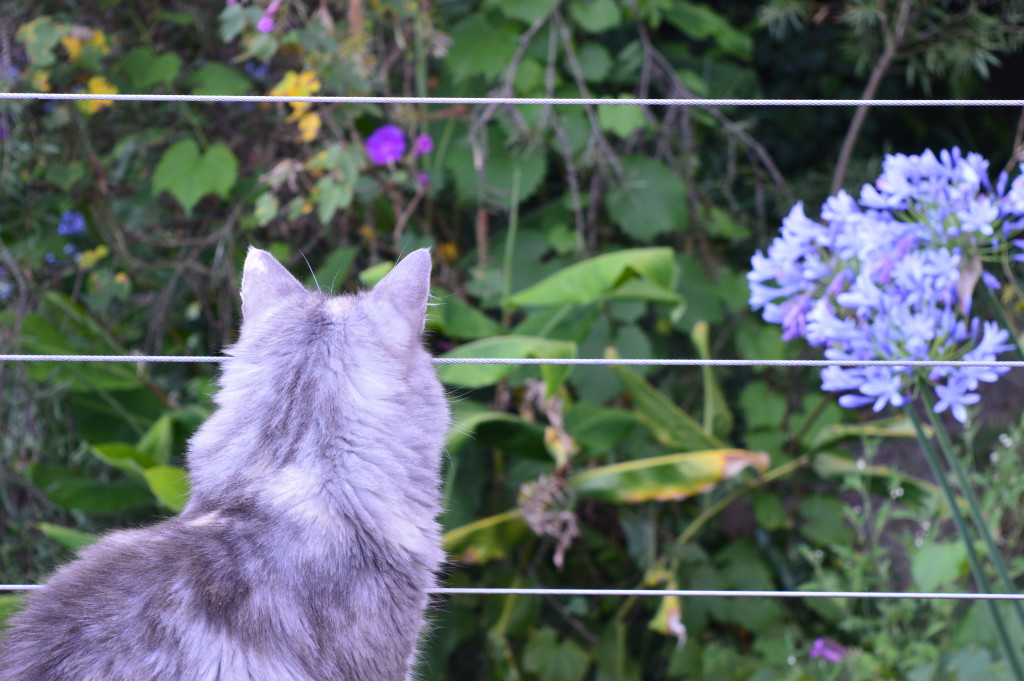Negativity, what is that? Why do some of us let this powerful force spiral us downward into a void of darkness and negativity, sucking the very life force from our soul?Our default mode is to be negative, that’s just the way Mother Nature primed us. However she never meant us to be dark and depressed and lead a life of total negativity.
The polarity of balance is a great scale when analyzing our positive to negative life events which will then determine our emotions in balance. We all need to experience the extreme ends of the polarity such as depression to then truly know ecstasy; our positive and negative emotions keep balance in life. Life of course is not a bed of roses and we humans are very emotional reactionary creatures. So remember to be kind to yourself even when you are in a bit of a negative frame of mind.
The Polarity of Balance is a great model and a good measure for me, my family, friends and clients. It just gives you an indication of how they are travelling and what their experiences are showing them, a snapshot if you will. It’s a good monitor. But what is negativity and how do we recognize it? In universal terms negativity is energy; this energy can be both given and received. You know how sometimes you feel you just don’t want to be around a certain person, they repulse you, well that’s their energy talking to your energy and like magnets you are either attracted or repelled. Energy is an invisible force field that surrounds our bodies; it can be captured in special photo imaging. Also known as an aura, the aura is also known as Kundalini energy and the Chakra’s. Each culture has its own interpretation.
A person with a high negative energy normally experiences negative emotions such as anger, jealousy or fear. They experience a low level of energy. Wellness is affected when people spend too much time in lower energy states; the Chi, Ki or life-force energy in their bodies might slow down or in certain parts of their body or organs can stagnate. This is the manifestation of an illness, eventually leading to any physical, mental or emotional problems.
You are what you say too. Keeping a check on your verbal communication will give you a good indication as to whether you are an optimist or pessimist. Generally speaking optimists are more positive. Being mindful of the words you speak, avoiding gossip, bringing positive aspirations into a group or home can really boost your positive energy. Once you get into the swing of things, being a more positive thinker can actually open doors. Doors to healing, both physically and mentally and as I always say, happy people don’t get sick!
Recently a client of mine came to see me. I let her talk for some time, listening intently to her words, observing her body language and emphatically tuning in to her emotions. My client had opened herself up for negativity. Her Polarity of Balance would have been way off the Richter scale and she was “stuck” in the extreme end of the negative polarity. This is where a calming energy comes into play and good therapeutic skills are needed to challenge people about their thinking and behaviour.
Negativity is energy; energy can be felt, measured and controlled or healed. Many holistic therapists work on an energetic level, I use Sandplay, Mindfulness and Existential questioning. No matter what method you use, staying positive and allowing the balance to come into your life isn’t such a bad way to live, mindfully. Lifestyle and wellness is directly connected to the energy you put out and the people you hang out with and attract.
Is it time for you to do some spring cleaning in your life? Is it time to seek out purpose and direction, to rein in as much positive vibes into your life that you will allow yourself? I think so, why? Because you deserve it!
Fiona





